From the Swang to Peat Hill with Mr Chappell
Glaisdale Swang – Busco Beck – Shaw End – Glaisdale Rigg – Hart Leap Bank – Hart Leap – Birk Wath Slack – Glaisdale Moor – Peat Hill – Cock Heads
From the Swang to Peat Hill with Mr Chappell
Glaisdale Swang – Busco Beck – Shaw End – Glaisdale Rigg – Hart Leap Bank – Hart Leap – Birk Wath Slack – Glaisdale Moor – Peat Hill – Cock Heads




My van died climbing the Garlic Bank on the Hill of Tarvit just south of Cupar, Fife. The AA man’s verdict, one of the vans injectors was broken and needed to be replaced immediately. When asked where I was going, I told him I was heading for the ladies golf course at Lundin Links to have a look at some big old stones. So van in tow, we headed south to Lundin Links.

Being towed by a large yellow van with a flashing beacon ensured that our arrival at the Lundin Links Ladies Golf Club members-only car park, was noticed. There were a couple of people around so I went to ask permission to park-up until help arrived.
Everyone was really nice and directed me towards a man who was walking across the course with a television set under his arm. I told him that I’d come to visit the stones and explained my predicament. I followed him into his office, which was located on the edge of the green. He told me that he’d brought the tv to work so he could watch the horse racing. He also told me that it was my lucky day because he knew all about the stones.

He then went on to tell me about the stones and how there was once four stones that formed a circle but the former location of the missing stone is now unknown. He also told me about some of the strange encounters that he’s had with visitors including barefoot Americans ‘re-grounding’ themselves around the stones, naked dancers and the solstice gatherings of druids on the golf course. And yes it was fine to park in the car park, he even told me that I could use the club’s toilet and where the nearest cafe was.

I thanked my new friend, wished him luck with his horses and took a wander around the edge of the course towards the distant stones. The man had warned me to take care out on the course as there were two Doctors currently playing who were very poor golfers. I stopped and had a chat with one of the Doctors who admitted that he found golf a very difficult game to master.

The first glimpse of the stones was jaw-dropping. Their sheer size and sculptural qualities are something that can’t really be conveyed through images, you have to experience them in the landscape to appreciate how truly wonderful they are. Julian Cope describes the three massive pillars as The Stenness of southern Scotland, I can’t argue with that.

The day before my visit I’d been staying at a place in Aberdeenshire that was in the shadow of Mither Tap. Whilst there I’d visited a few megalithic sites that all had a view of the distinctly-shaped hill. I couldn’t help but draw a comparison to the relationship between the Lundin Links stones and nearby Largo Law.

The mechanic arrived and replaced the injector on my van, it was time to leave. It was a four hour drive home, an hour of which was spent in a very slow traffic crawl around the Edinburgh bypass. The breakdown, the traffic, I didn’t care, it was all worth it to visit these wonderful stones.
A few photos from about 20 years ago. They were taken in Cumbria, Derbyshire and Dumfries & Galloway.









I had the pleasure of chatting about our current exhibition to Dave Robson of Zetland FM. Interview starts at around 2:20:00

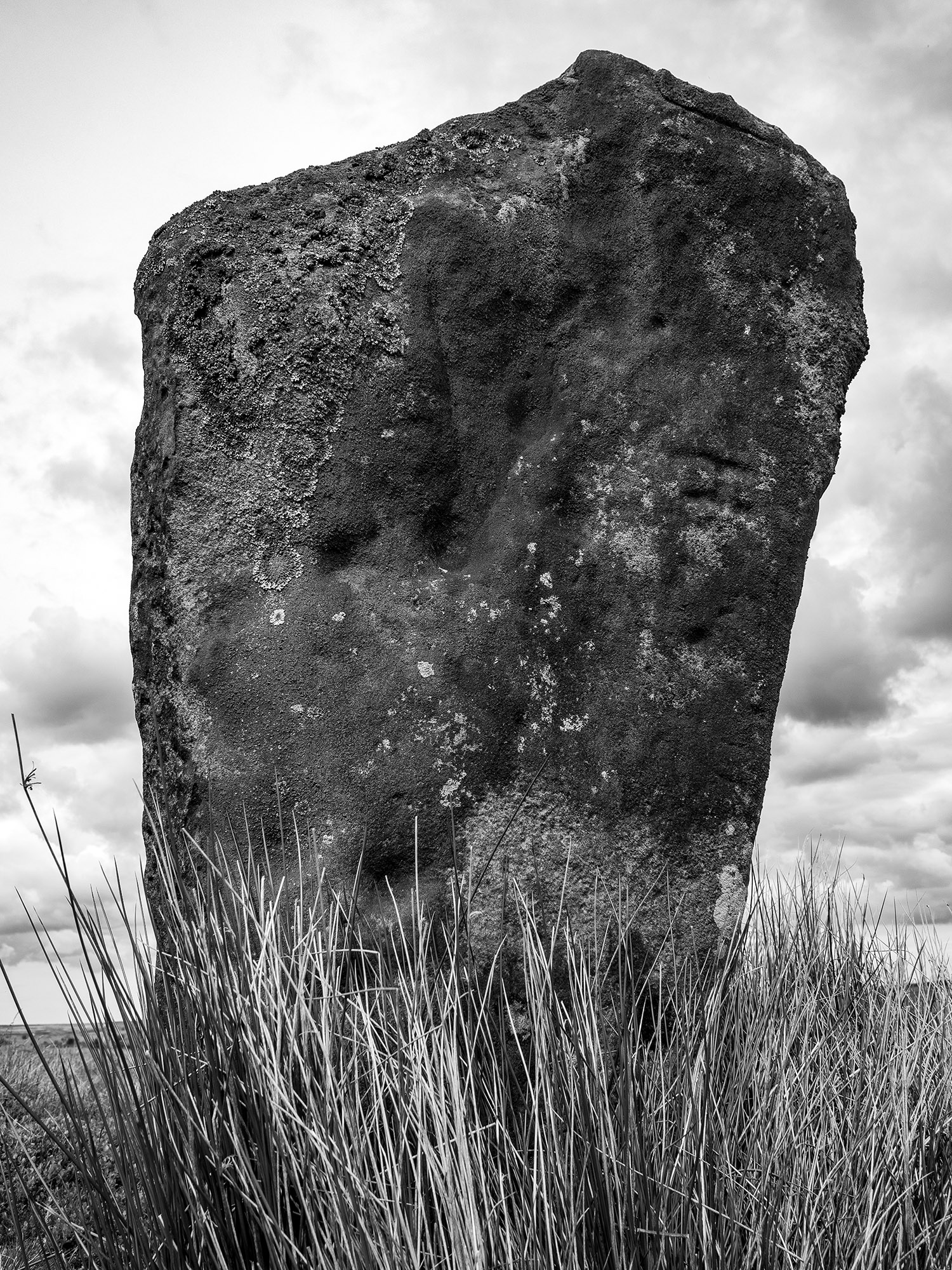
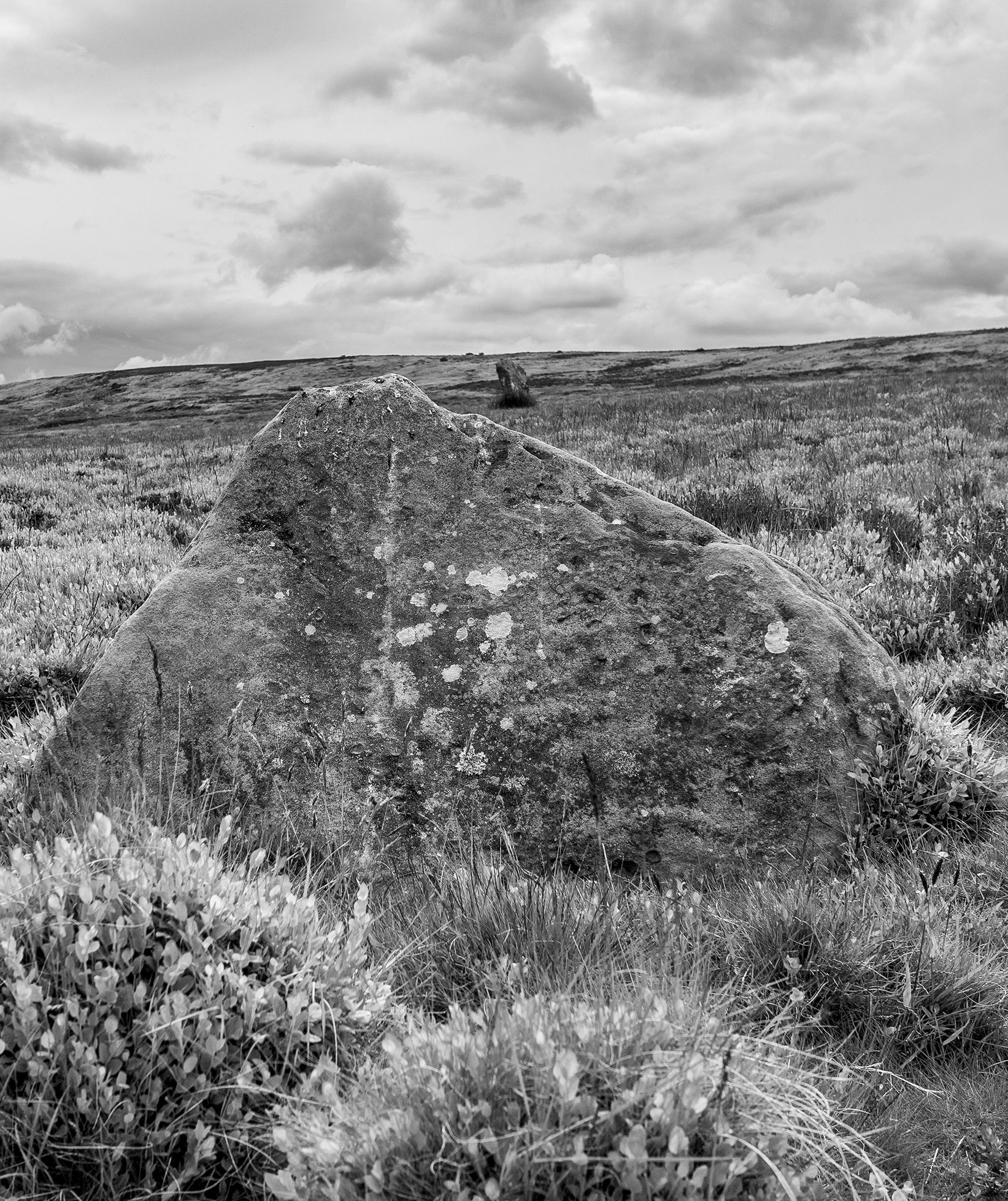
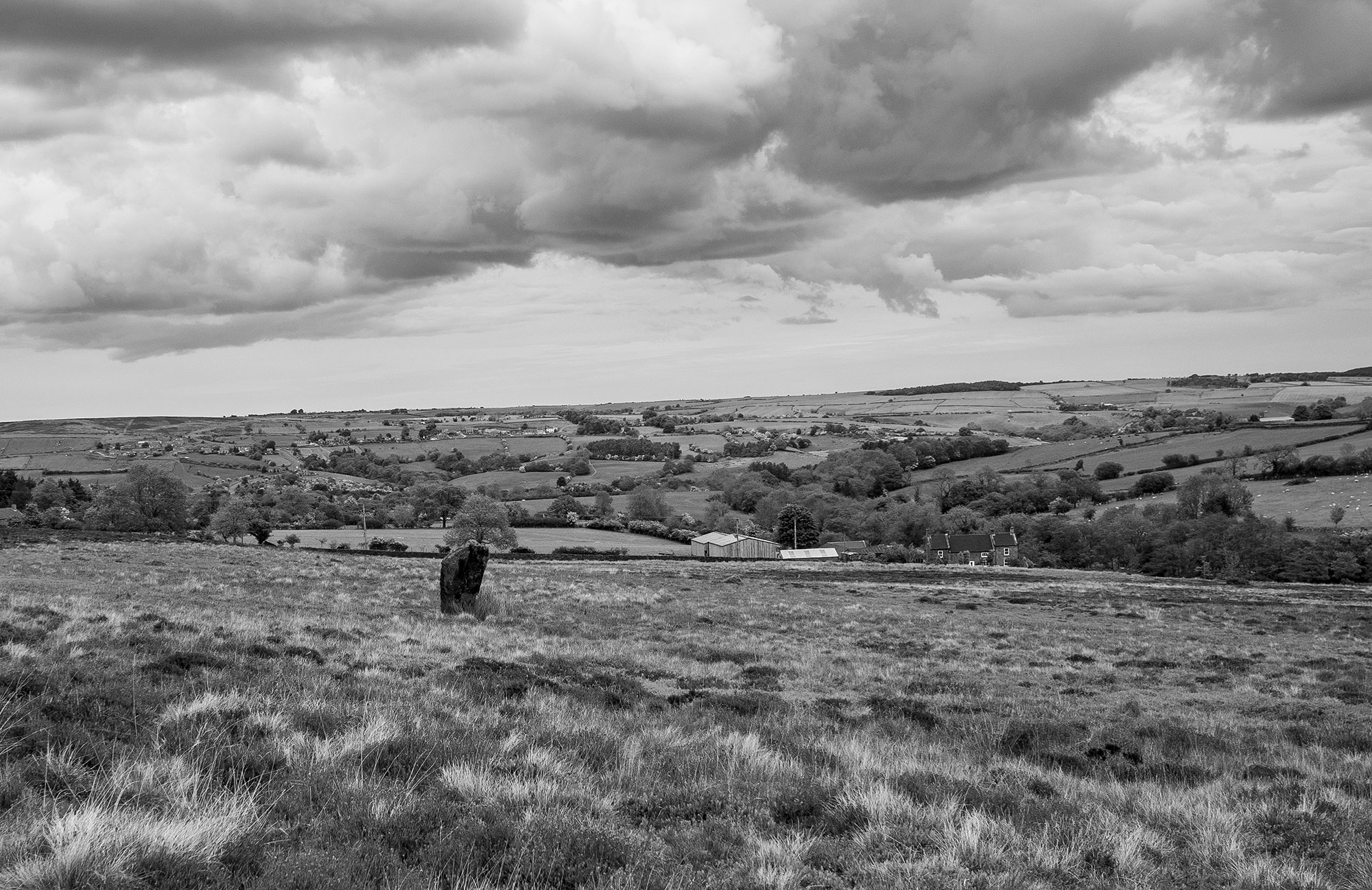
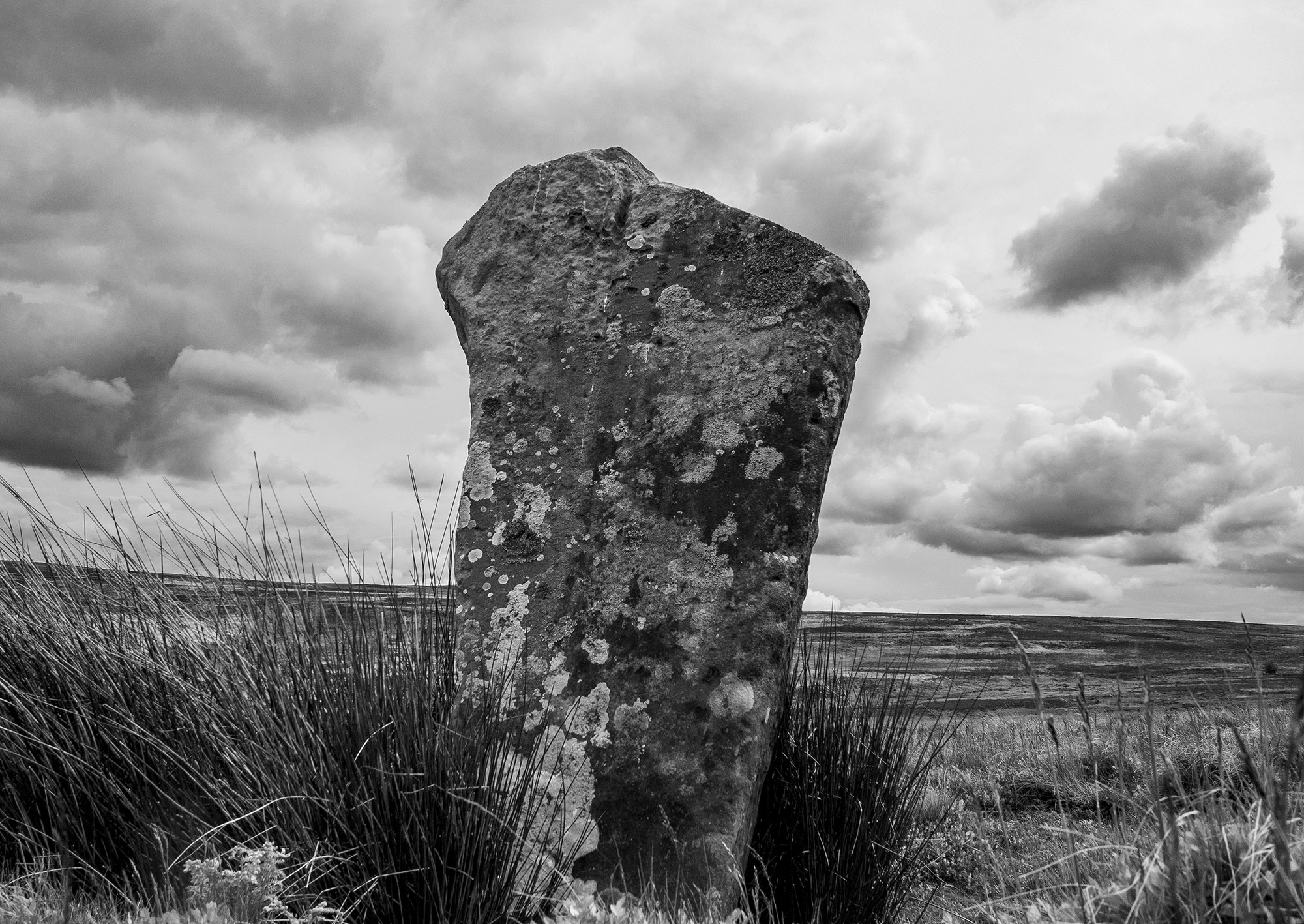
I took a trip over to Glaisdale to visit one on my favourite North York Moors standing stones. This rarely visited, tall, beautiful stone is one of a pair of upright stones located on Glaisdale Swang
Swang – a boggy stretch of land.
When I arrive at the stone I’m confronted by an anxious pheasant hen who starts running in circles around me, a tactic designed to distract me while her brood of chicks scatter for the shelter of the nearby heather.
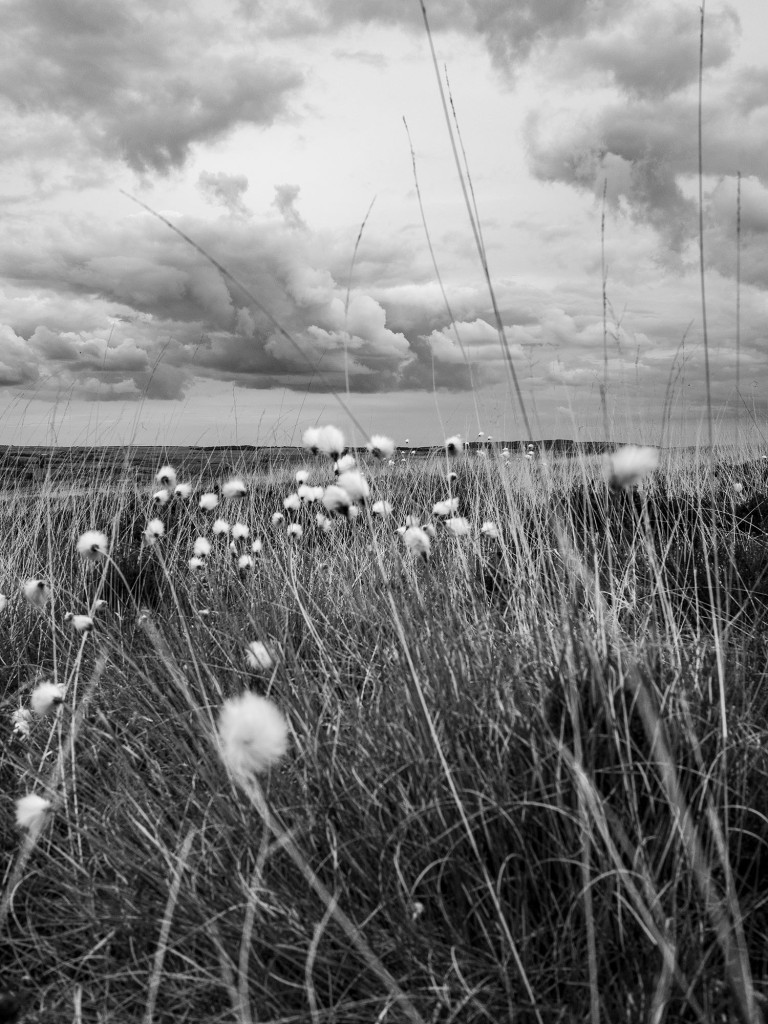
I can see another stone on the moor edge in the distance, I know that this will probably be a guide stone but probably isn’t good enough, I head for the higher ground. The ground is marshy, so I zig zag my way up the narrowing valley following the lush green carpet of bilberry which tends to grow on the better drained ground. Curlews and lapwings rise in alarm and noisily track my progress as I move from one birds territory to another. Towards the top of the swang, a large hare breaks cover.
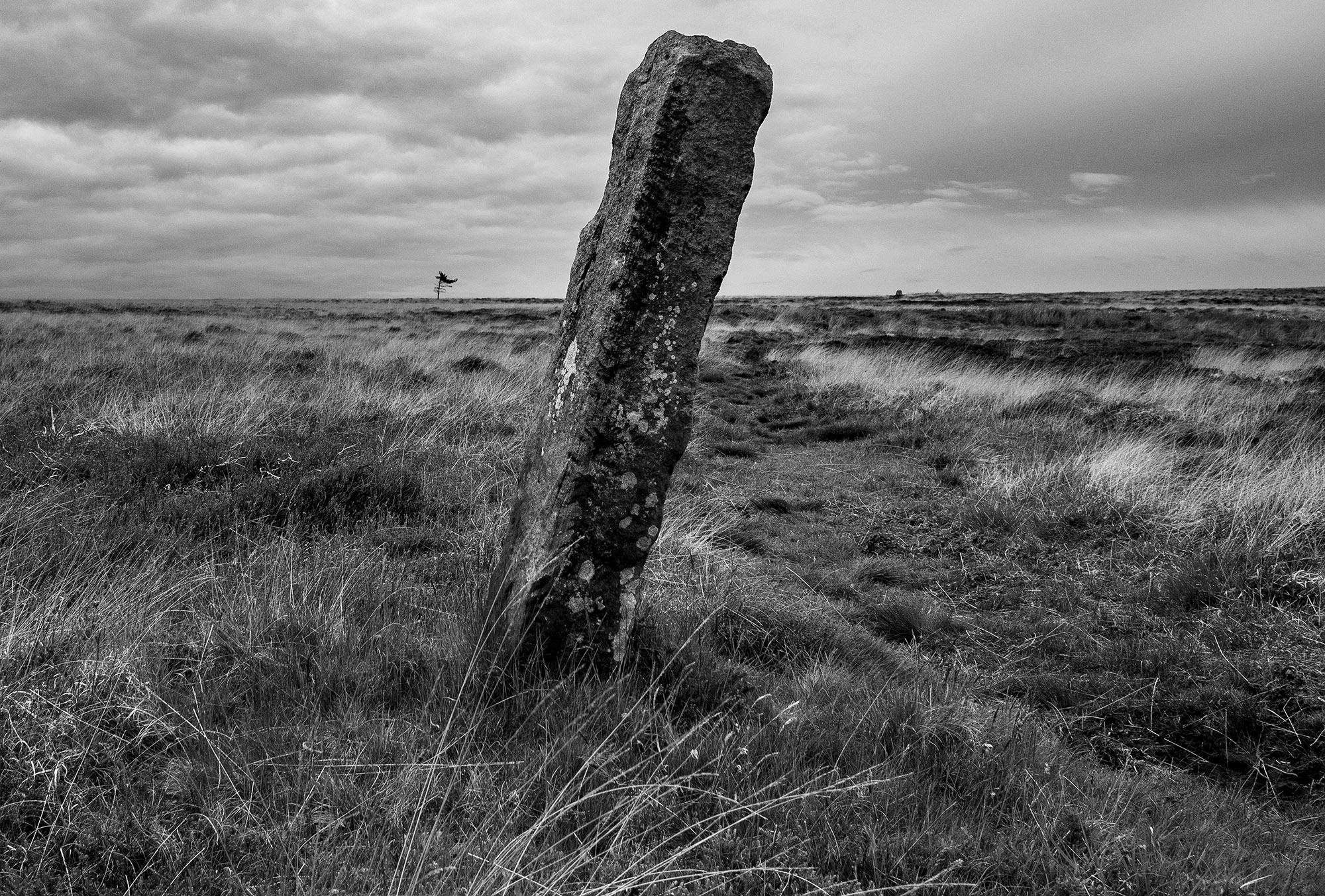
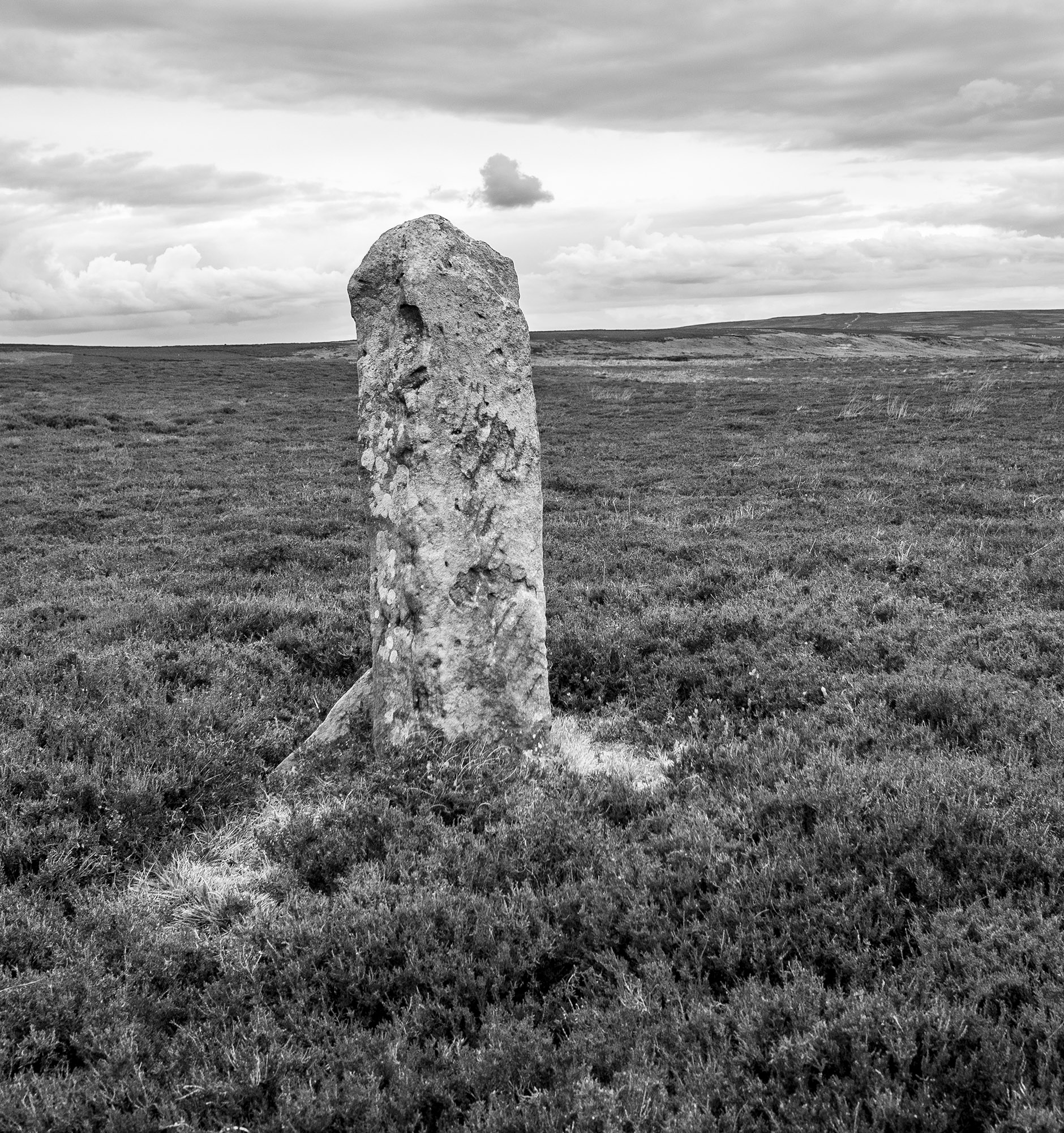
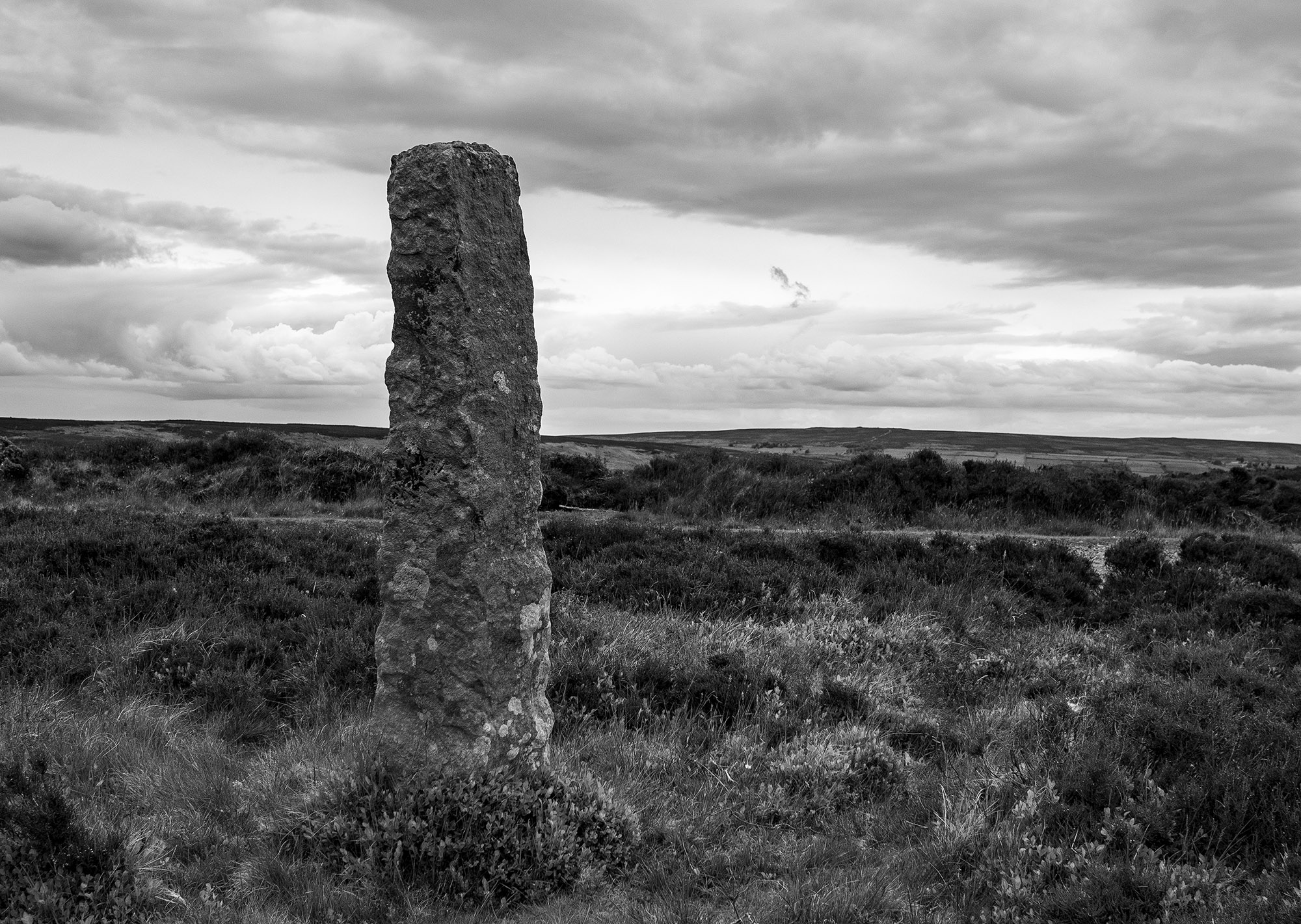
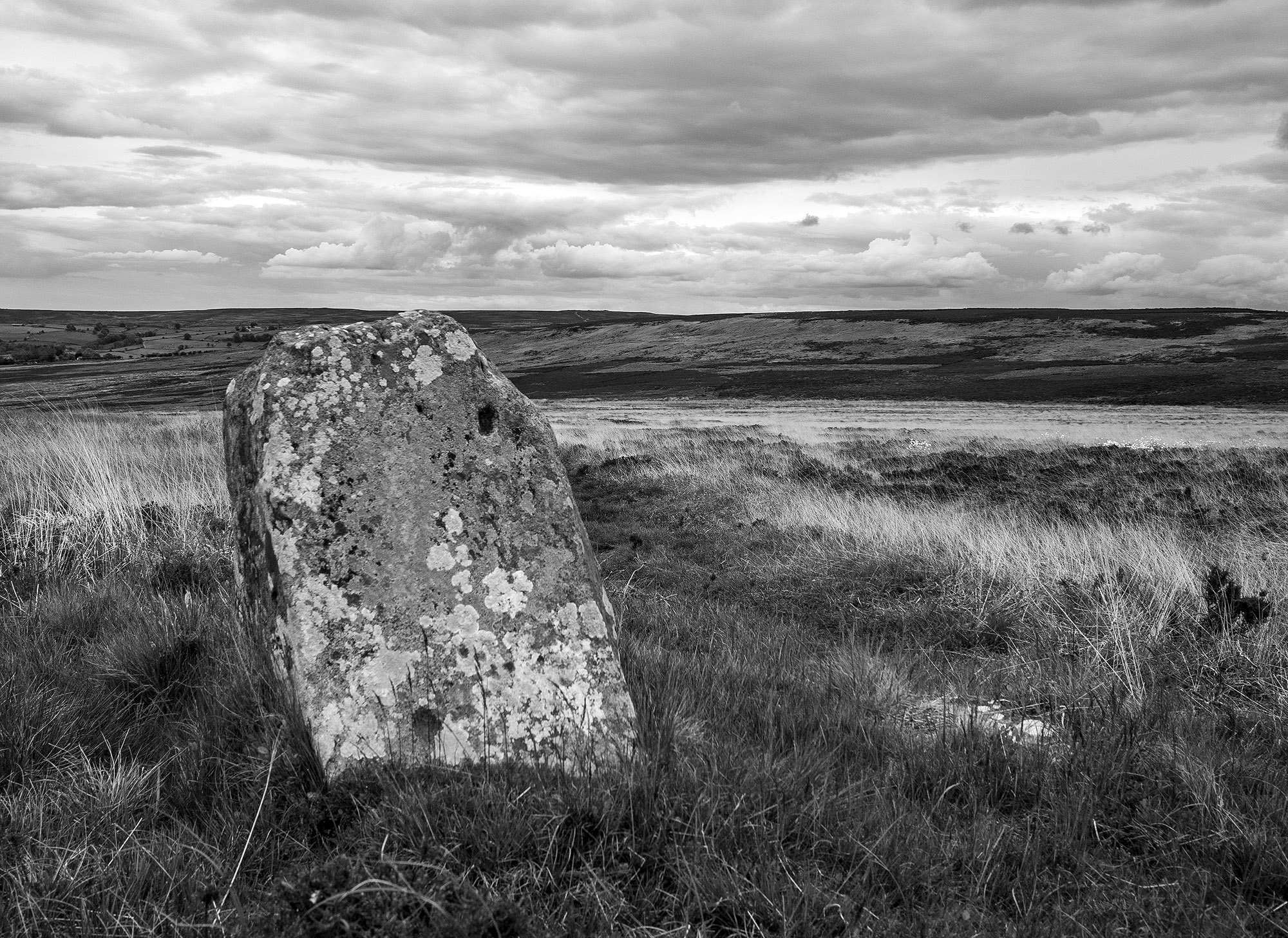
As I move onto the high moor guide stones mark the track. Many of these stones date to the 18th century, others may possibly be far older. On October 2nd, 1711, the Justices sitting at Northallerton ordered that guide posts should be erected throughout the North Riding.
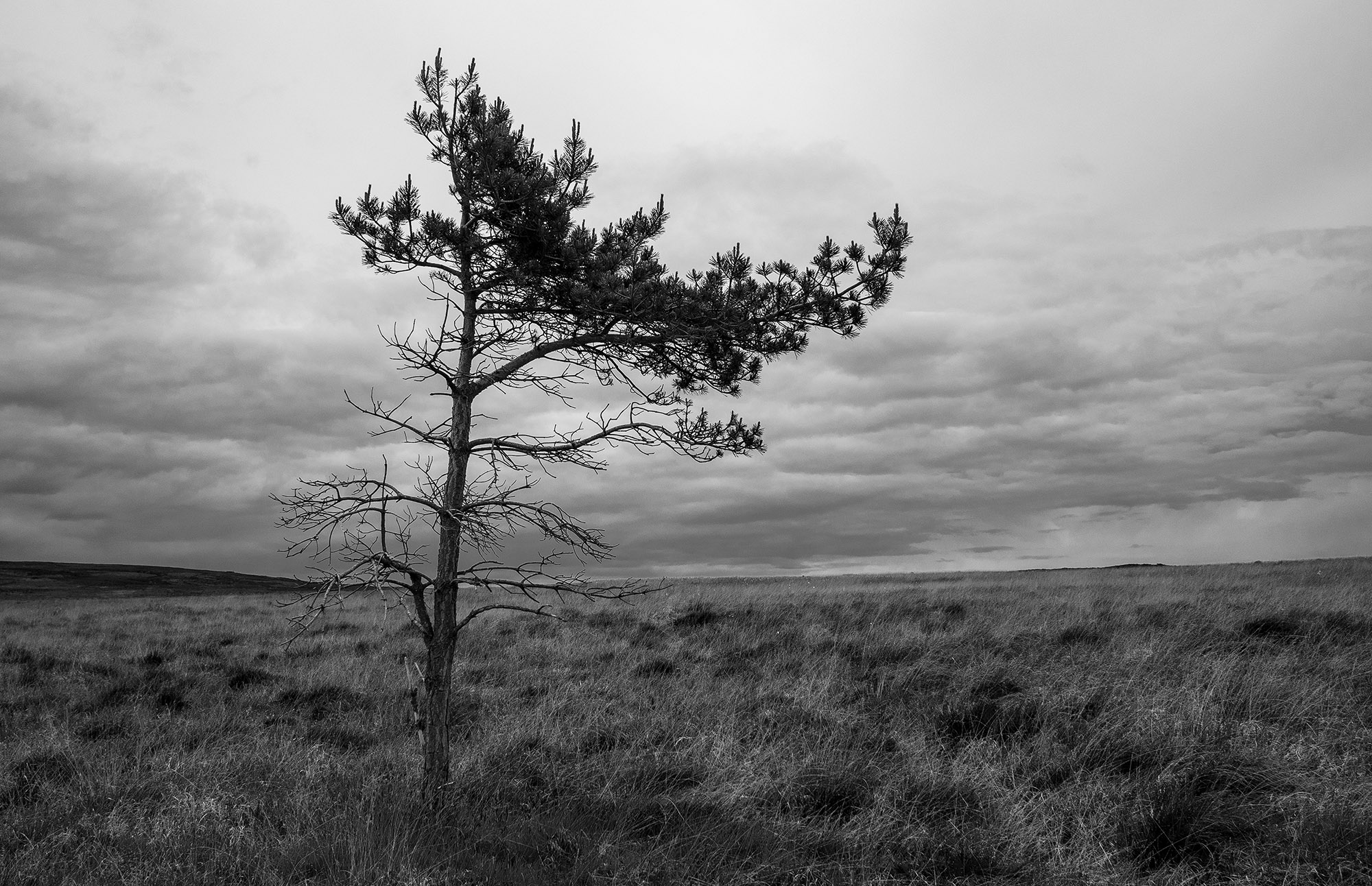
A solitary pine tree on the moor top, its branches indicate the direction of the prevailing winds.
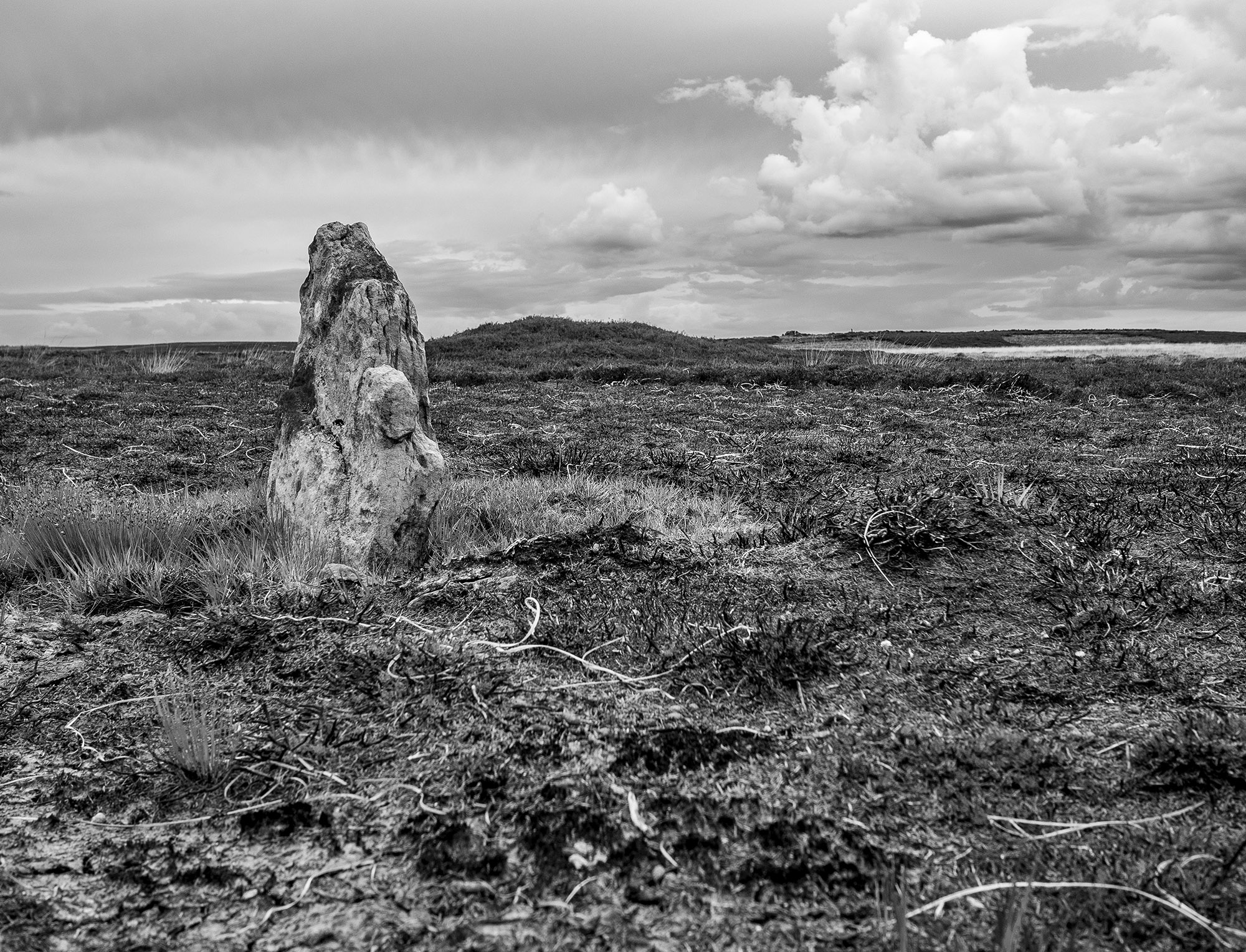

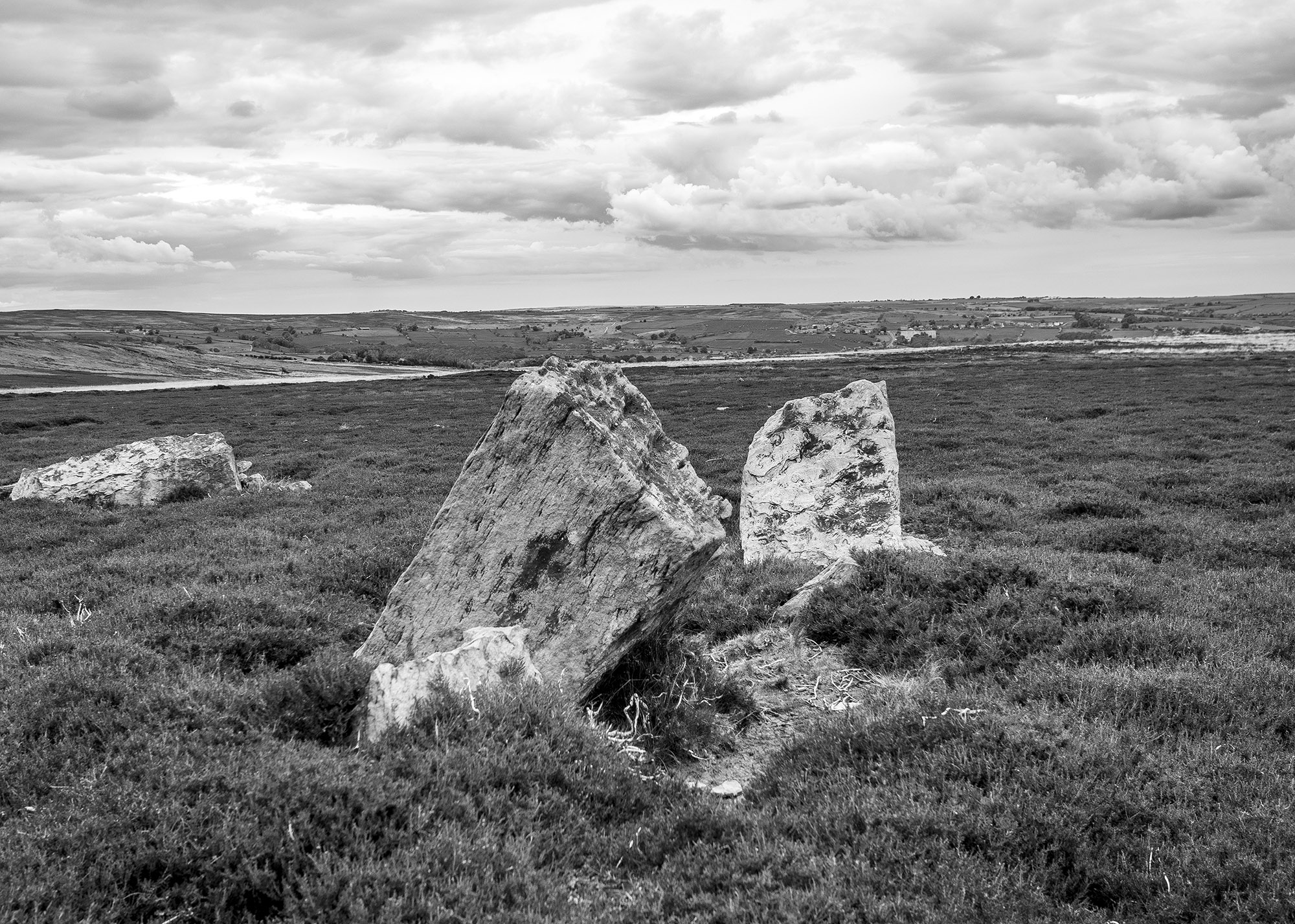
Walking across across the high moor towards Glaisdale I encounter a couple of low standing stones one of which is close to a low mound. These stones are not on the track and are too small to be guide stones. Another group of large stones look as through they were once standing but it is difficult to say much more about them.
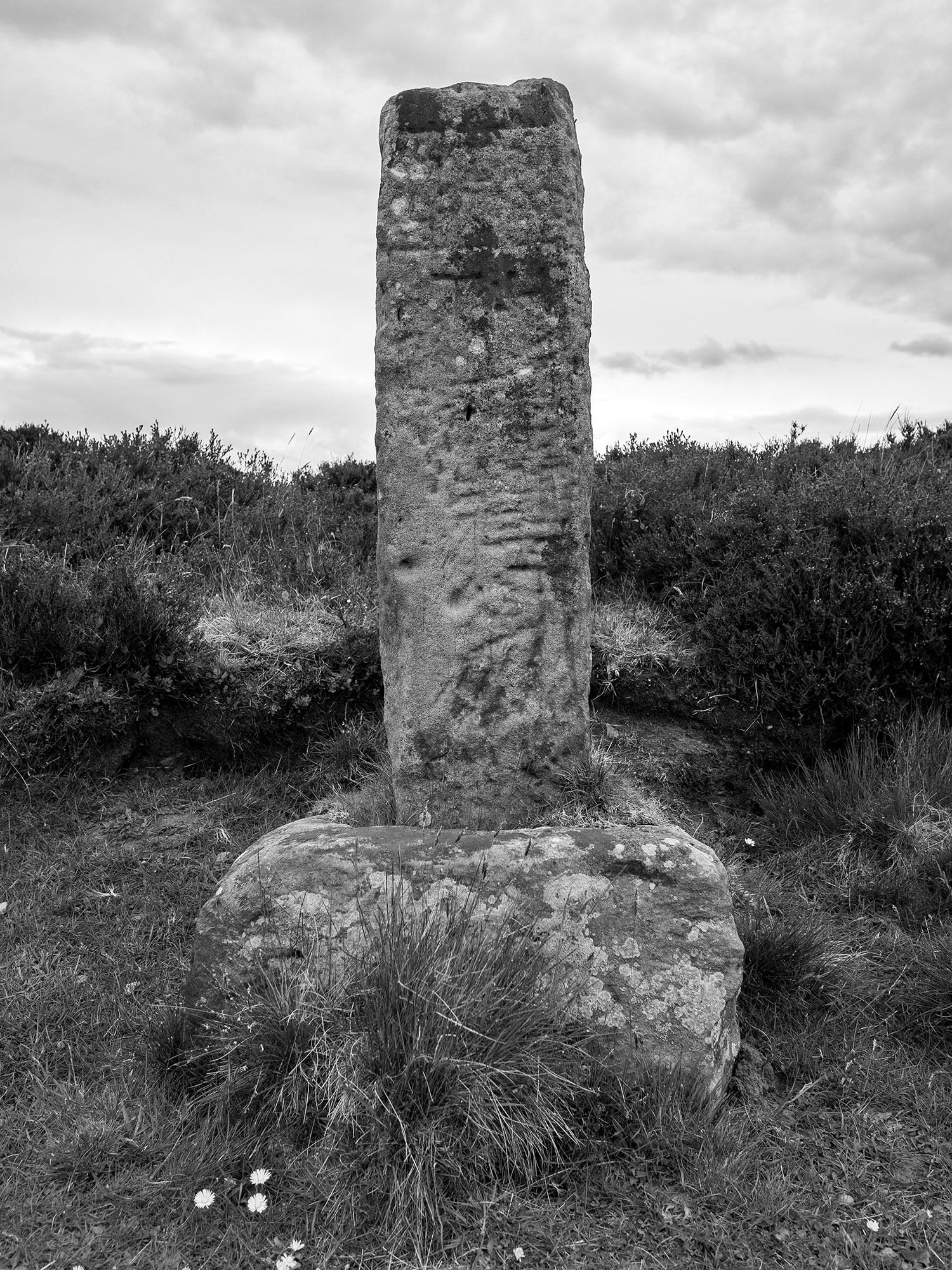
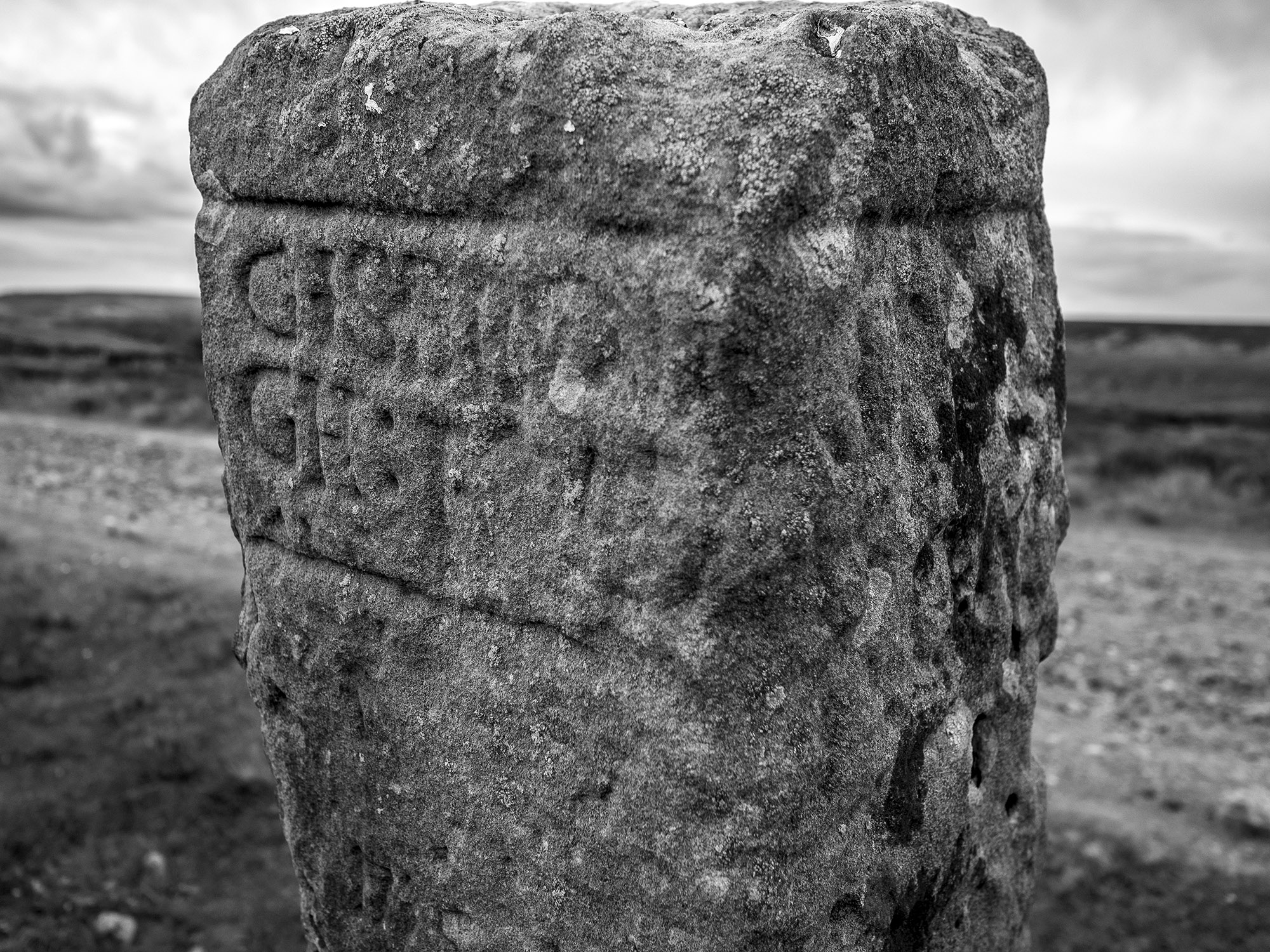
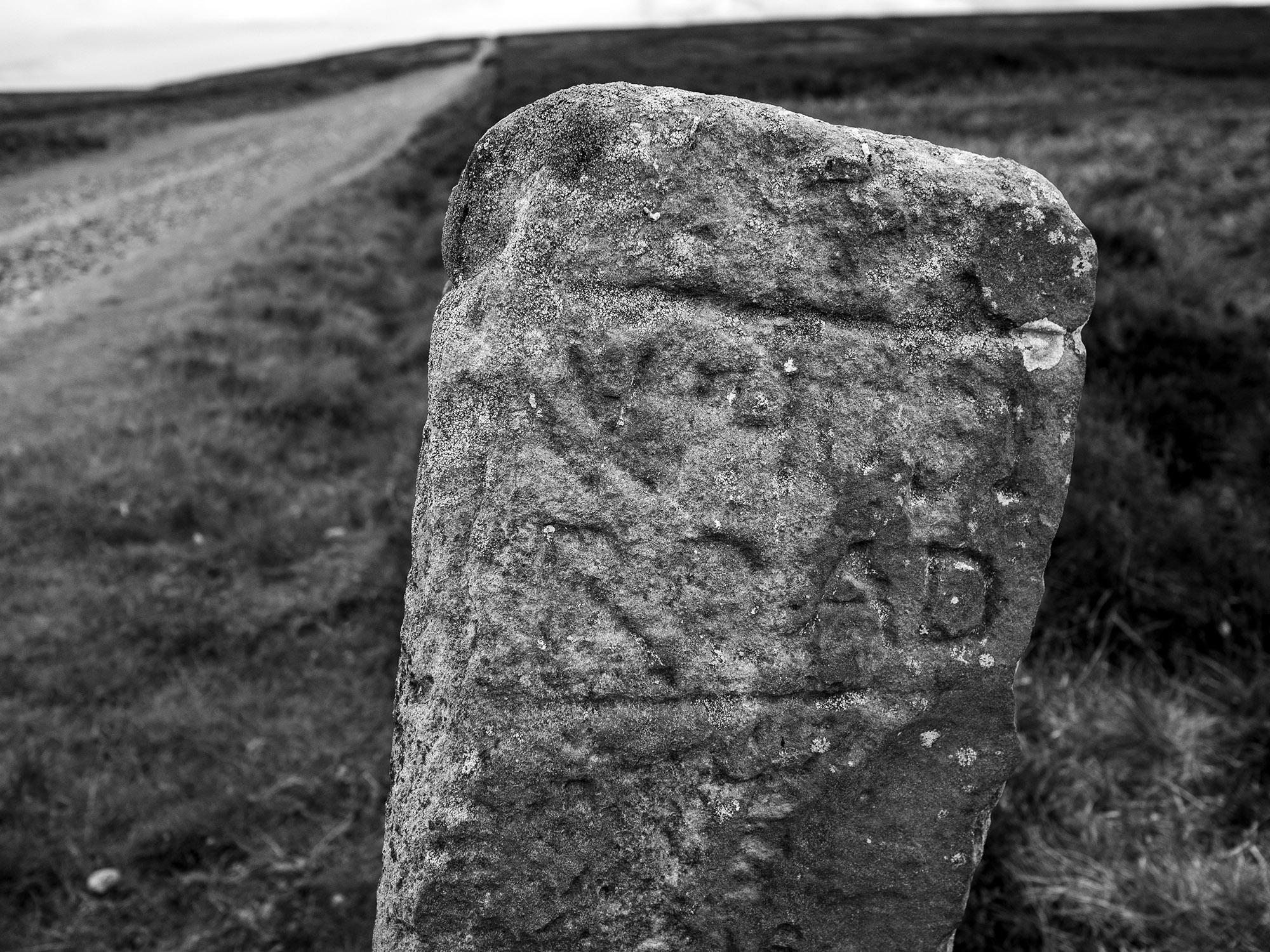
This guide stone was carved and erected by Thomas Harwood about 1735. Harwood erected four other similar stones on Glaisdale Rigg. The stone appears to be housed in an old cross base. It is possible to make out the inscriptions on the north and east faces, they read Gisbrogh Road and Whitby Road. The other two faces are illegible, Stanhope White writes that the south face reads Glaisdale Road TH.
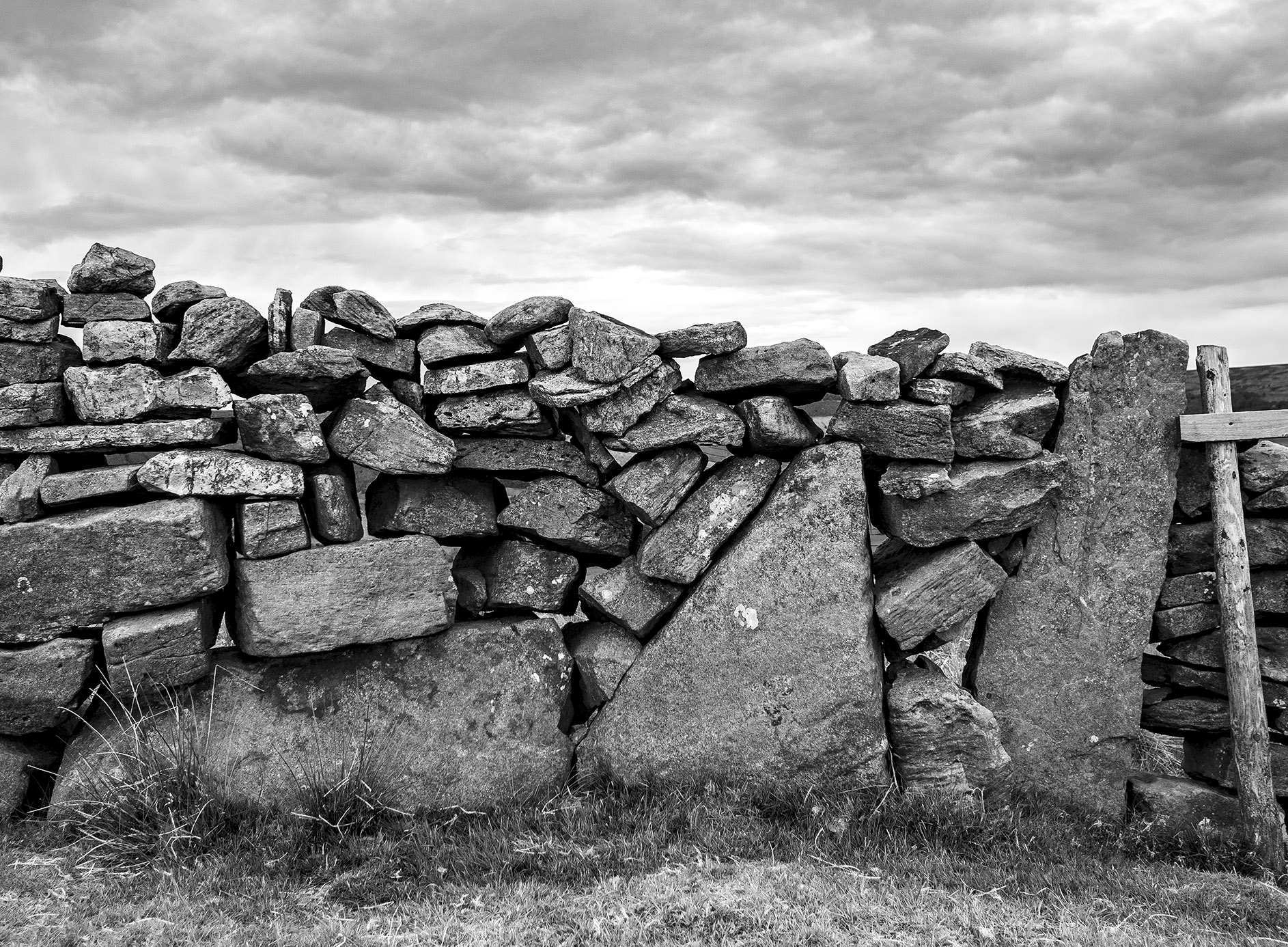

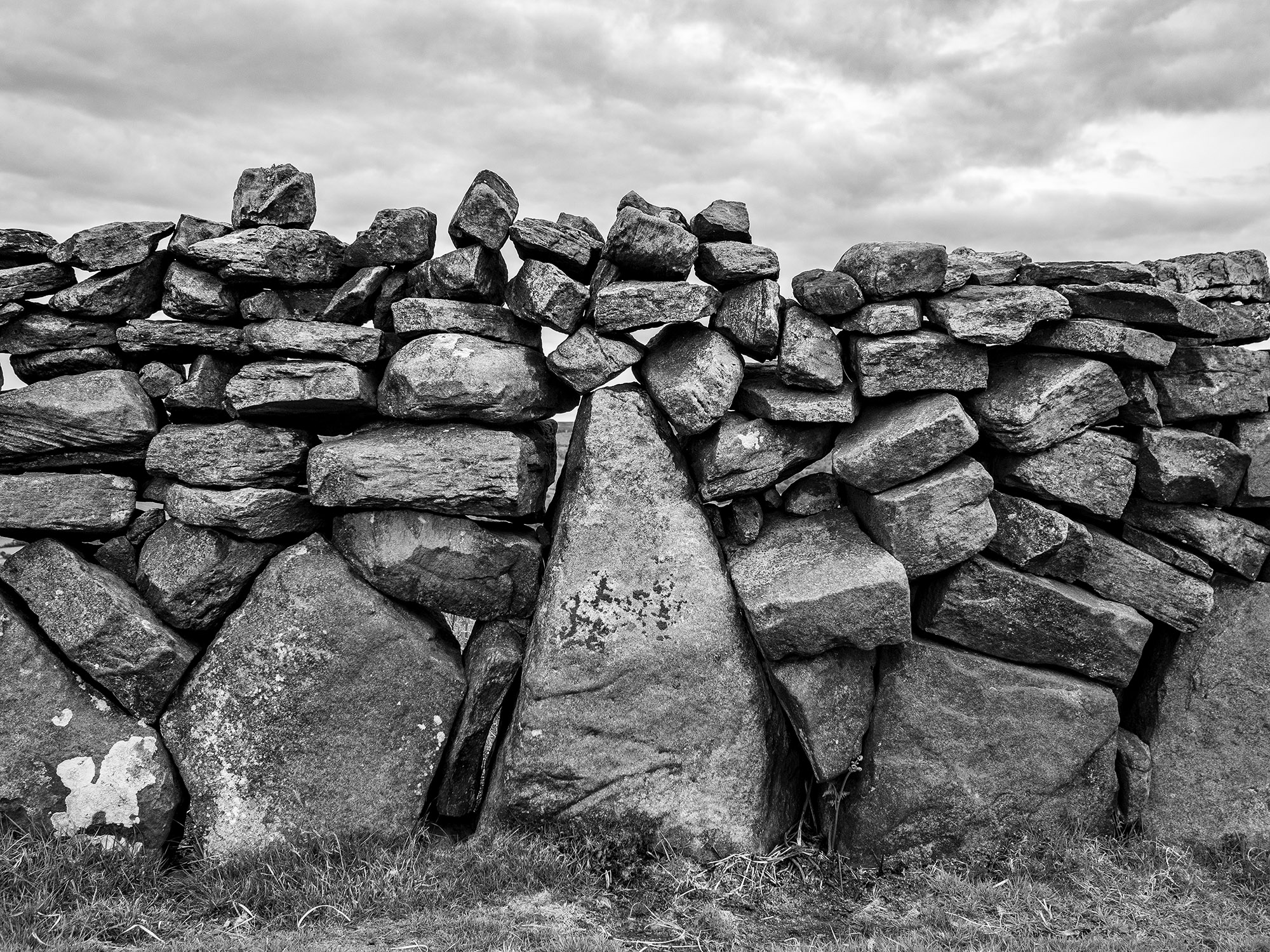
Walking over to the edge of Glaisdale I find this beautiful orthostatic wall, a real joy. About a century ago many of the original field walls across the moor and dales were rebuilt by professional wallers, this wall may be a survivor of an earlier age.
In his book, Some Reminiscences & Folk Lore of Danby Parish & District, Joseph Ford writes of Stone-Rearing Days. These were occasions when a farmers neighbours gathered together to build walls around newly-enclosed fields. Ford thinks that this tradition may stretch as far back in time to the original settlers of the moorland dales.
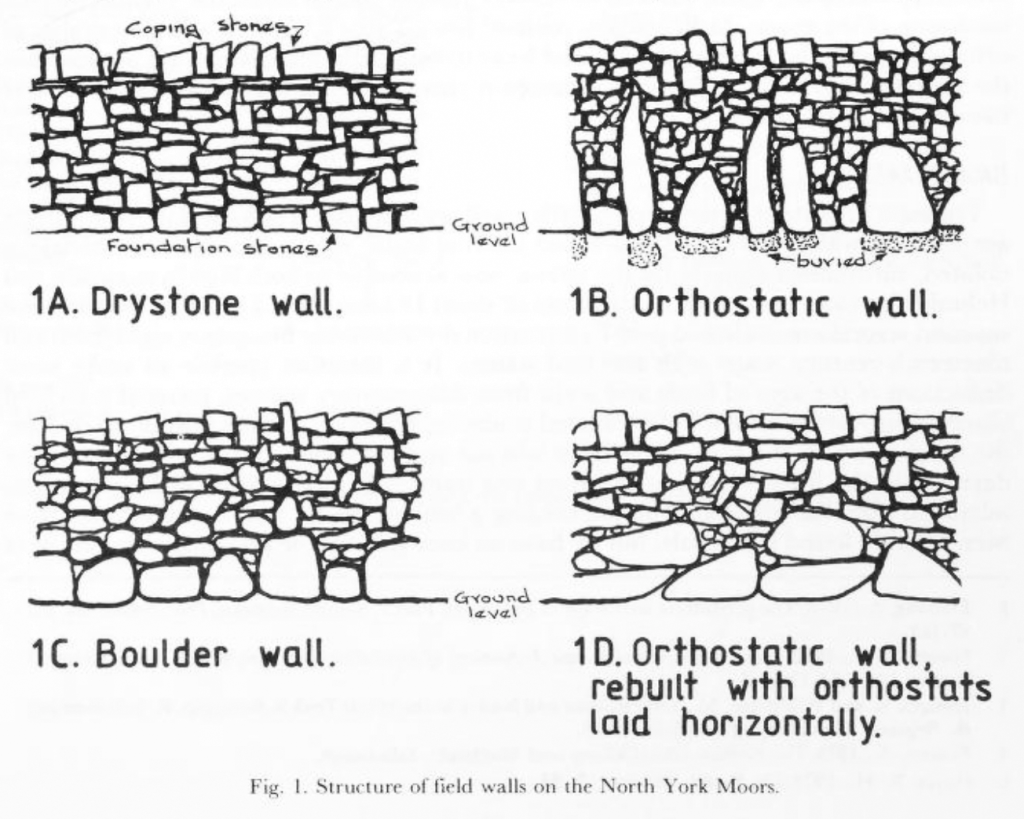
Etymology
Glaisdale – YN [Glasedale 12 Guisb. Glasedal 1223, Glasdale 1228 FF] ‘The valley of R Glas’
OW gleis, Welsh glais ‘stream’
Glas is a British river-name derived from the Welsh glas ‘blue, green, grey’
Sources
Yorkshire Wit, Character, Folklore & Customs. R Blakeborough. W Rapp & Sons Ltd. 1911
The North York Moors. An Introduction by Stanhope White. The Dalesman Publishing Co. 1979
Some Reminiscences & Folk Lore of Danby Parish & District. Joseph Ford. M.T.D. Rigg Publications. 1990
The Concise Oxford Dictionary of English Placenames. E Ekwall. 1974
Orthostatic Field Walls on the North York Moors. D.A. Spratt. Yorkshire Archaeological Journal No. 60 1988
Circumstances have prevented me from visiting our joint exhibition, so this week we took a trip over to Grasmere to have a look. I was impressed with the way that the Heaton Cooper Studio has presented our work. The exhibition runs until the 29th May.




I found a box of some of my old photos.
I used to take my kids out on stone finding expeditions. My daughter once told me that she would call Childline if I took her to see another stone circle.




A few years ago I bought an album of old french postcards themed around prehistoric monuments and natural rock features.

This sparked a short obsession with prehistoric postcards. I bought most of them from ebay and boot sales, setting myself the challenge of paying no more than a pound or two for each card. The obsession burned itself out after a year or two so and I decided to put the collection online for anyone to use. I uploaded about a third of the cards and then kind of lost interest. I’ll return to it one day and finish the job.


If this sort of thing interests you, the collection can be found here

My friend Tony Galuidi asked me if I’d be interested in a joint exhibition, I agreed and here it is. If you like big old prehistoric stones and you happen to find yourself in Cumbria, pop in and have a look.